Birthday Reviews: Adrian Rogoz’s “The Altar of the Random Gods”
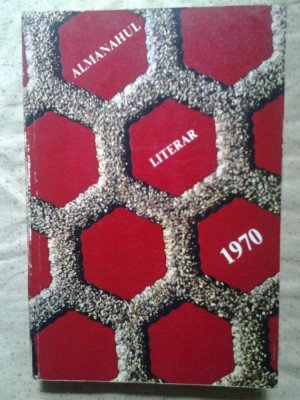
Adrian Rogoz was born on April 19, 1921 in Bucharest Romania, and died on July 28, 1996. He was a founding member of the first science fiction fan club in Romania, SF Cenacle. In addition to his own work, Rogoz translated works by Ivan Efremov and Stanislaw Lem into Romanian.
“The Altar of the Random Gods” was originally published in Almanahul literar in 1970 as “Altarul zeilor Stohasrici.” Its English translation first appeared in Franz Rottensteiner’s anthology of European science fiction View from Another Shore, and has been included in several reprints of that volume. The story has also been translated into French, Dutch, Hungarian, German (twice), Serbian, and Italian.
In this translation of “The Altar of the Random Gods,” by Matthew J. O’Connell, Rogoz describes the trip from Mobile to Huntsville Alabama via a superfast highway of computer controlled cars. Homer is making the journey and looking forward to seeing Barbara at the end of it when a freakish malfunction occurs.
The story is interesting not because of its predictions about technology or the way Homer takes the superhighspeed transportation for granted, but rather because of the way it feels like a mixture of science fiction and fantasy. The first half of the story, up until the collision, is clearly in the realms of science fiction, tothe point where Rogoz’s descriptions (or at least the translations of those descriptions) feels clichéd.
Following the accident, the story moves more into the realm of fantasy, with Homer meeting three gods, who may well be aliens, who explain to him what has happened. Rather than speak in the terms gods in fantasy stories usually use, the gods in “The Altar of the Random Gods” speak in terms of probability, using mathematics to tell Homer what has happened to him and what he can expect for his life going forward.
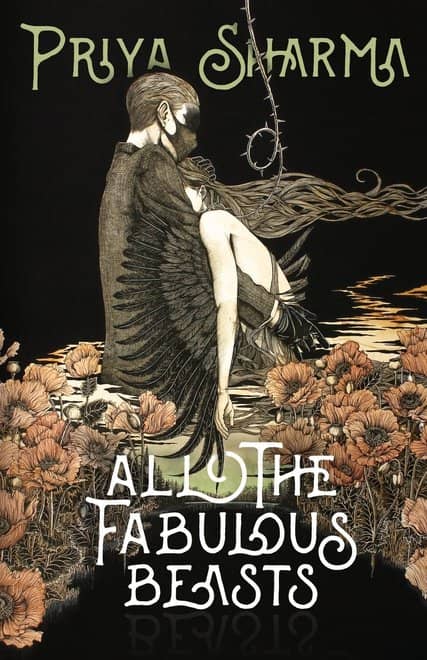
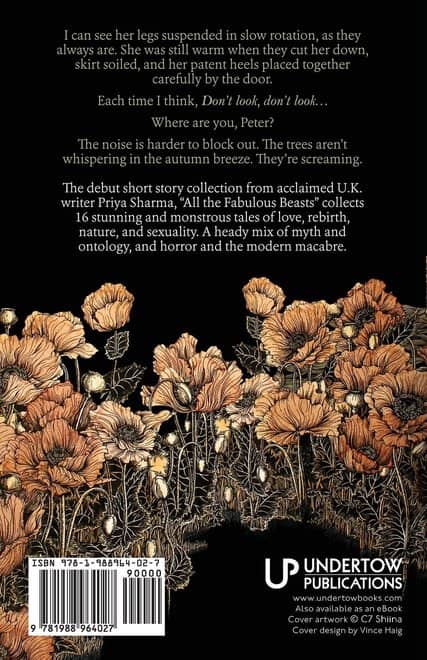

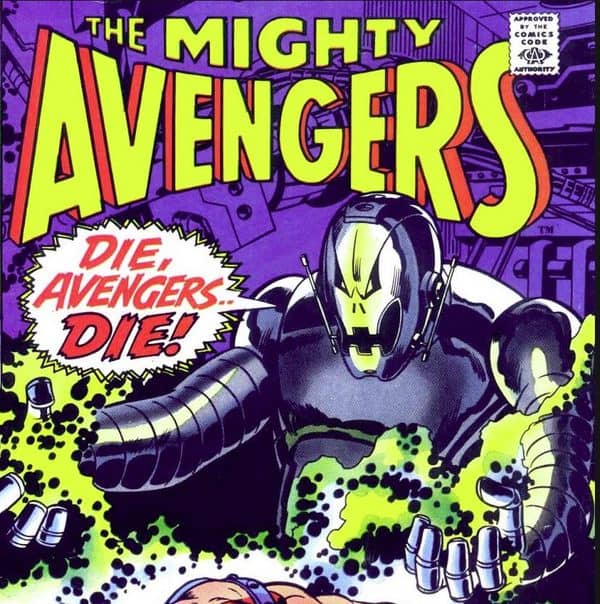
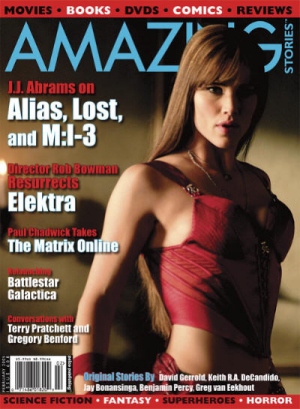
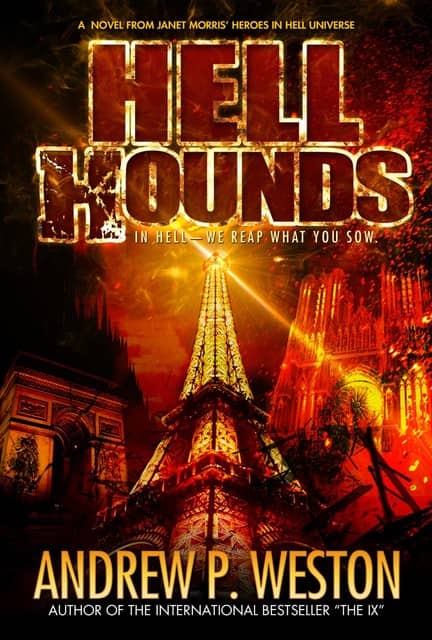

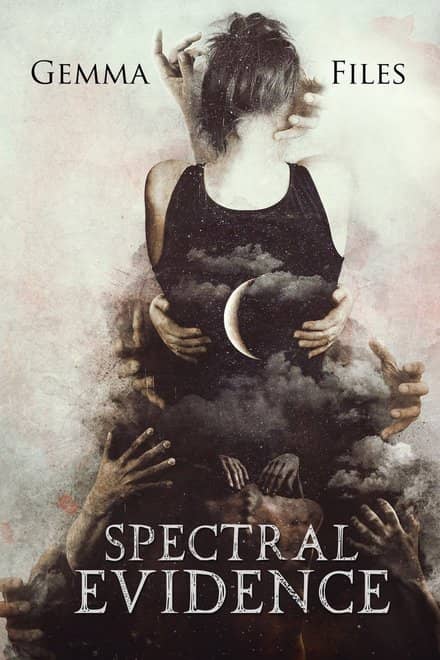
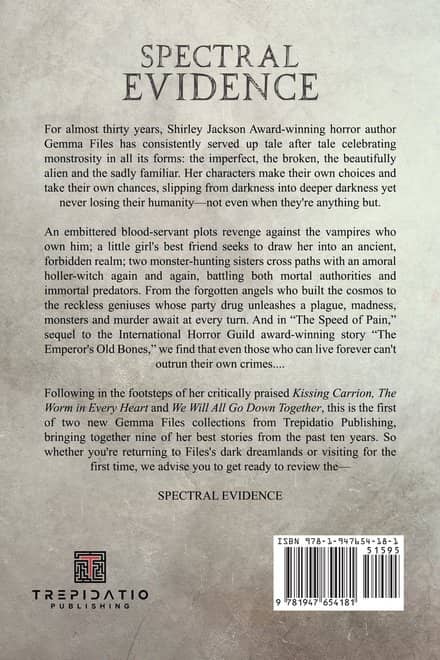
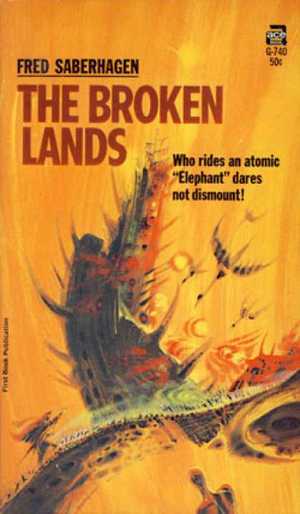
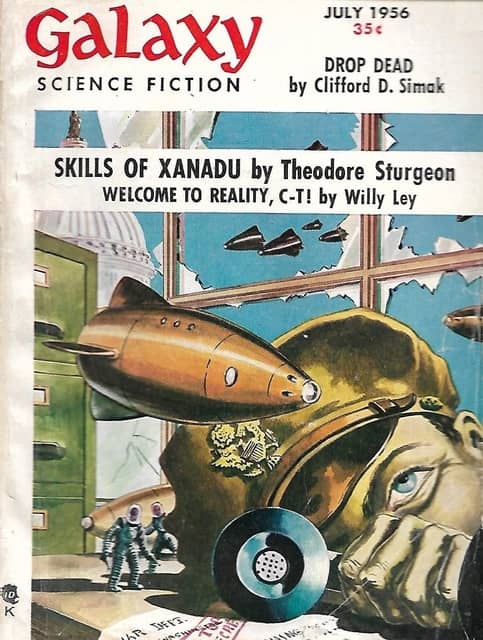

 Later today, early tomorrow, sometime next week, the world began to end.
Later today, early tomorrow, sometime next week, the world began to end.